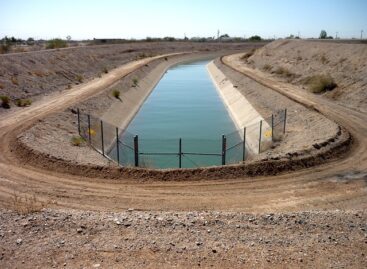Magazine: Trends of the past, driving forces of the future

Kozák Ákos
igazgató
GfK
In 1979 Géza Kovács collected possible problems of the future, from the fate of natural resources to social inequalities. Some of these are being dealt with today as well, for instance water supply and the sustainability of democratic political systems belong to this category – just like the speed at which infocommunication solutions are spreading. In 2019 legal theorist Béla Pokol published a book about the digital environment of the future, titled The Society of Artificial Intelligence. In this book the author uses terms such as ‘becoming’ that indicates constant changes, how things and we people keep transforming, in terms of both content and form. Another importantterm is ‘cognification’: this refers to how everything around us is turning smart. This isn’t only true for devices but also for many systems around us that can’t be seen. It is enough to think of the hidden functions of Waze, new cars and our mobile phones. As for IKEA’s new furniture rental concept, it is based on sharing and accessing. Formerly I forecasted that development in this domain would be much faster than it has turned out to be. For instance years ago I thought young people would stop buying new phones, and a secondary market of used phones will develop, because they would think that it is impossible to keep up with this development rate. I was wrong, but this prediction can still come true in a couple of years or decades. For me one of the most exciting challenges seems to be the interaction of humans and machines. Already today experts are
talking about four stages in the development of robotics, where the highest level is practically a symbiosis between humans and machines. //
Related news
The taste, packaging and rhythm of the future – a 2025 innovation map
In this article our magazine takes a look at how…
Read more >GfK’s German consumer sentiment index for May improved
Instead of the deterioration expected by analysts, the German consumer…
Read more >European Purchasing Power 2024: Hungary in 30th place
According to the latest analysis by GfK, the average purchasing…
Read more >Related news
Temu has already targeted the European food market
The Chinese-rooted Temu is posing an increasingly serious threat to…
Read more >Irrigation water resources equivalent to one-third of Lake Balaton are available
Despite the extraordinary drought and lack of precipitation, we can…
Read more >Free irrigation water provided to farmers is a key element in the fight against drought
Free irrigation water provided to farmers is a key element…
Read more >






